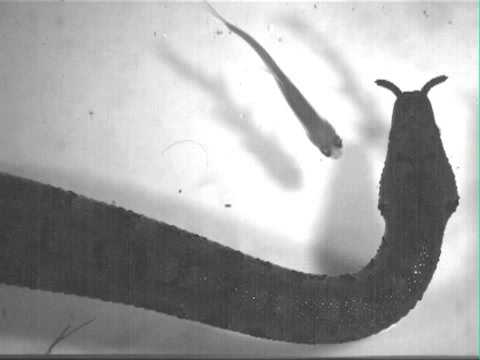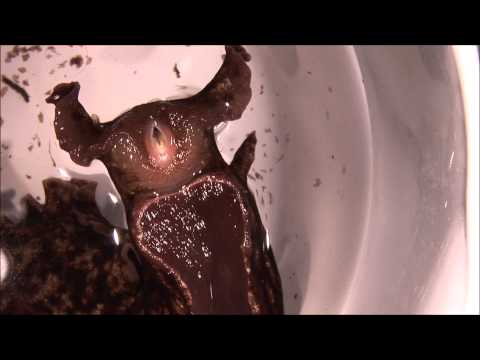During my flyfishing vacation last year, pretty much nothing was happening on this blog. Now that I’ve migrated the blog to WordPress, I can actually schedule posts to appear when in fact I’m not even at the computer. I’m using this functionality to re-blog a few posts from the archives during the month of august while I’m away. This post is from June 13, 2011:
If all behavior were always organized according to stimulus-response schemes such as the C-start response in fish, animals would be extremely vulnerable not only to predators (or prey), but of course also to competitors. Evolution is a competitive business: if you’re too predictable, you lose.
In our labs, reproducibility is key to success. This is precisely the reason why escape responses are so well-studied: these are the exceptions where animals have specialized in speed and sacrificed unpredictability in an evolutionary trade-off. I would hypothesize that no species would survive for long if all other behaviors sacrificed unpredictability in this way,
More likely, brains need to balance input-output processing with output-input processing, with the latter probably being both the more prevalent and the ancestral form of behavioral control. It is this delicate balance that brains must constantly strike to survive, procreate and be successful. If we want to understand what the brains we study are really doing when they are not in the lab, we need to take a step back and design more experiments that don’t require a response, but an action. This process has already started, but the realization that we have been heading down the stimulus-response direction for too long has not widely set in yet, IMHO.
The stimulus-response approach has been hugely successful for the most derived and simplified forms of behavior – and we’re still far from done with the task. Now comes the vastly more complex task of understanding how brains decide which action to take next, when there is no simple stimulus providing unambiguous information. Many labs have already started to embark on this task. In our lab, we study animals in the complete absence of discrete sensory stimulation, in order to find out how brains create “something out of nothing”. Which actions are you studying?
This post was originally written for the launch of the new social network for neuroscientists, NeurOnline (@SfN).
[1] Mauk, M. (2000). The potential effectiveness of simulations versus phenomenological models Nature Neuroscience, 3 (7), 649-651 DOI: 10.1038/76606
[2] Dickinson, A. (1985). Actions and Habits: The Development of Behavioural Autonomy Philosophical Transactions of the Royal Society B: Biological Sciences, 308 (1135), 67-78 DOI: 10.1098/rstb.1985.0010
[3] Raichle, M. (2010). Two views of brain function Trends in Cognitive Sciences, 14 (4), 180-190 DOI: 10.1016/j.tics.2010.01.008














